‘The Beguiled’ is a brilliant period piece set in Virginia at the height of the American Civil War in 1864. Helmed by director Sofia Coppola, the daughter of celebrated filmmaker Francis Ford Coppola, the film portrays the residents and students of an all-girls school in Virginia at a time when most are fleeing the state. Starring top names in the industry like Nicole Kidman, Kirsten Dunst, and Colin Farrell, the movie has been aptly praised for its brilliant storytelling, outstanding performances, and gorgeous set designs.
The story about a group of charming girls finding a wounded Union soldier and the shocking events that unfold seem very likely to be an actual wartime incident. Let’s find out if the movie has its seeds in reality or not, shall we?
Is The Beguiled Based on a True Story?
No, ‘The Beguiled’ is not based on a true story. As the period film is set against the backdrop of the Civil War with a wounded Corporal at its core, it is natural for anyone to wonder whether the narrative is inspired by actual events. However, that is certainly not the case. ‘The Beguiled’ is a film adaptation of the eponymous 1966 novel by author Thomas P. Cullinan, originally published under the title ‘A Painted Devil.’
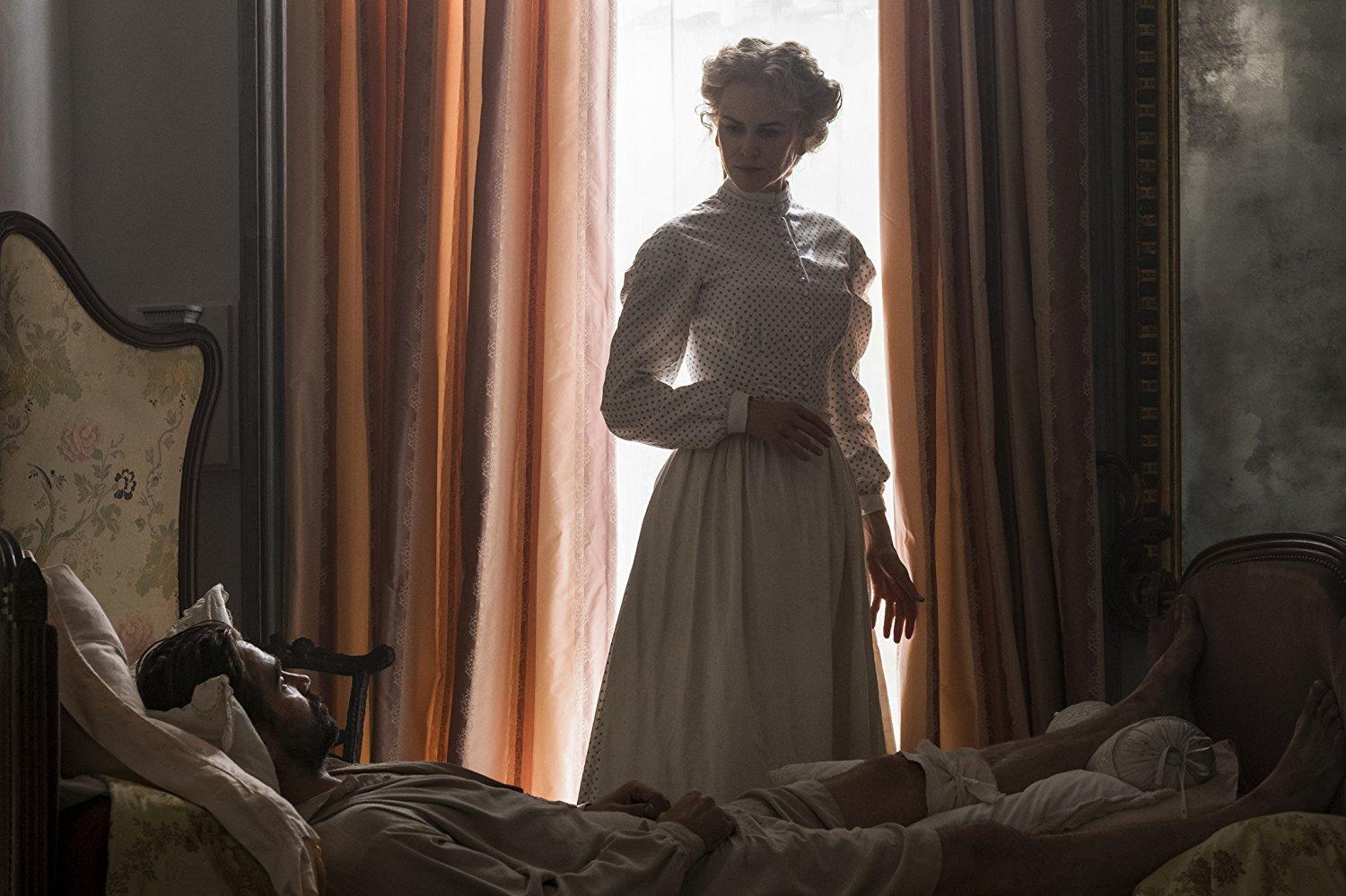
Interestingly, the 2017 film is the second time the book got adapted into a motion picture. Back in 1971, director Don Siegel helmed a film of the same name starring legendary stars like Clint Eastwood and Geraldine Page. The director of the second film adaptation, Sofia, had an explicit desire to remake the movie since when she watched it, as the filmmaker wanted to tell the story from the perspective of the women.
Speaking about her take on the original film, Sofia said, “I just thought the premise was so interesting, because the story of power between men and women was such an interesting, loaded topic, and this premise really heightened it with this setting during the Civil War.” Thus, she set about writing her own script, and the audience was treated to the masterful 2017 remake.
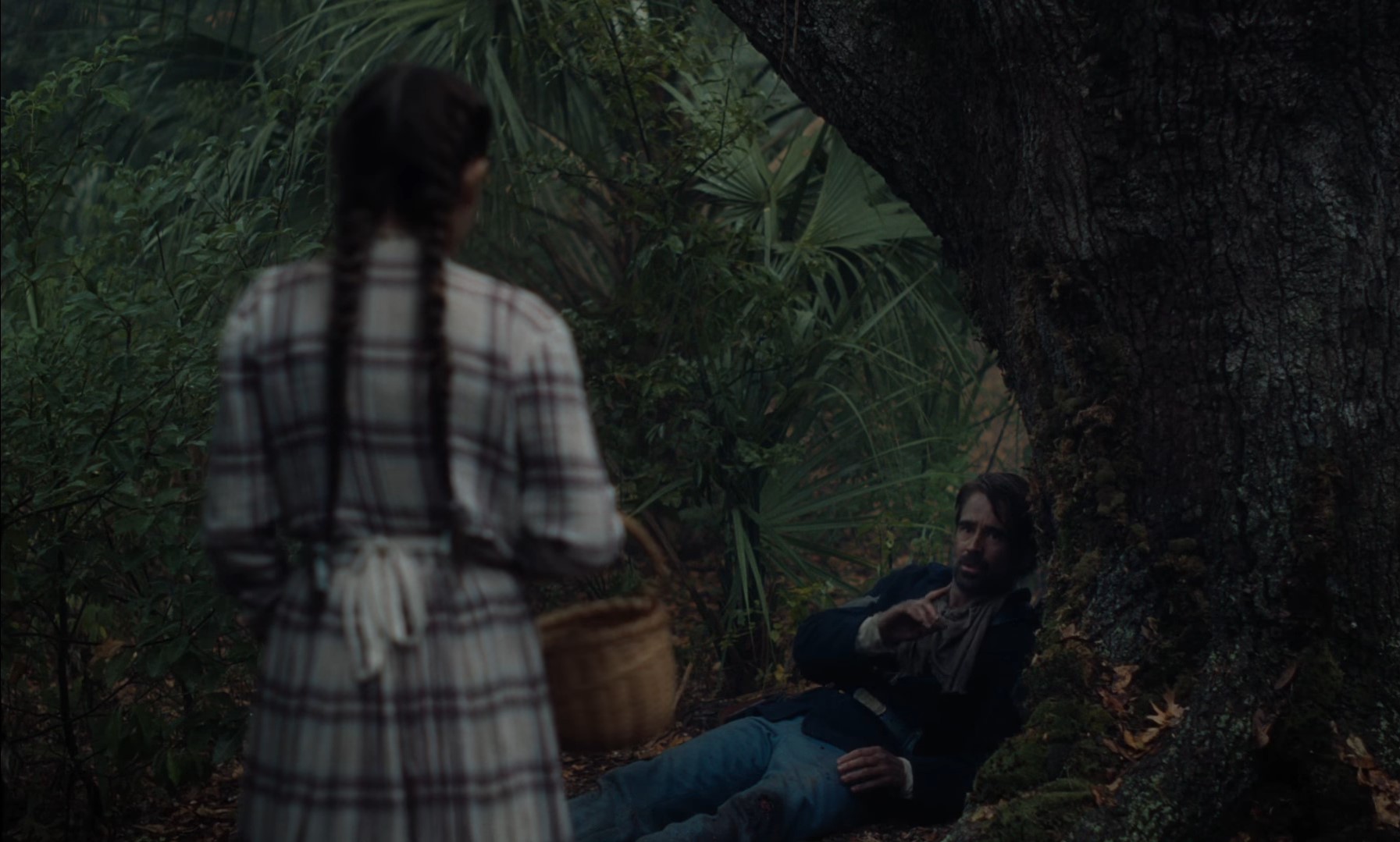
Sofia even spoke about finding her own style through the remake and said that even the Madewood Plantation House where the movie was filmed gave it a more contemporary twist. As a director, Sofia claimed that she had loads of fun making the movie as she began exploring the Southern Gothic genre and tried making it more relatable to the contemporary audience.
When speaking about how modern-day culture can relate to the period drama, Coppola said, “It’s more grounded in the period, but we tried to make it relatable. Especially with the costumes, I really wanted to emphasize that lacy, feminine world and the Southern gentility of these women. They don’t wear the big hoops under their dresses anymore because there is no one to entertain, so they wear these long dresses you could wear today.”
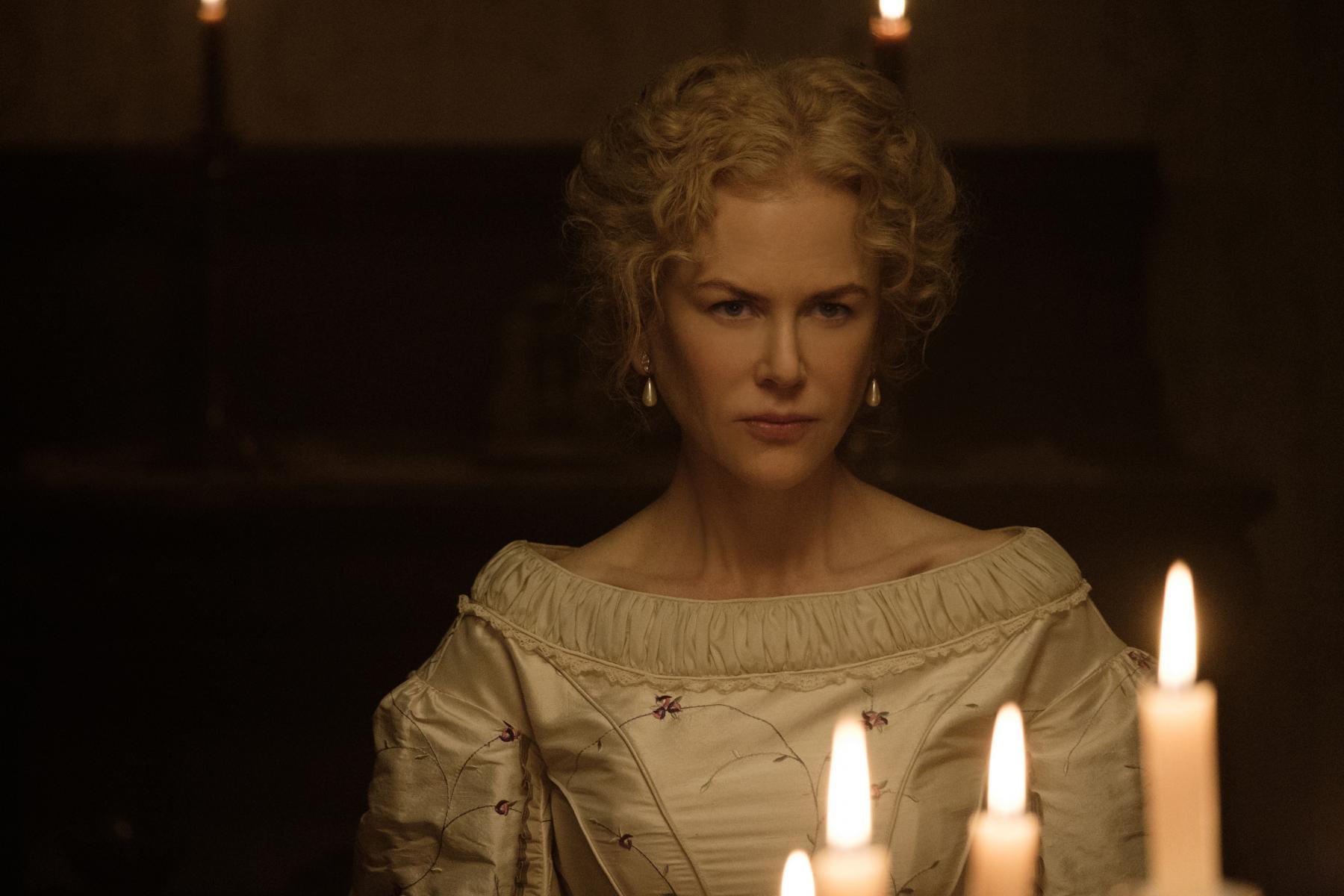
Even with it being a remake from a different perspective, the movie’s plot more or less remains the same. It starts by introducing the staff and students of Miss Martha Farnsworth Seminary for Young Ladies, an all-girls boarding school in Virginia. The ground, building, and surroundings, in general, look war-torn, and the movie heavily implies that people have started fleeing the state. In such stormy surroundings, a sole student comes across a wounded Union Army soldier in the woods. The women cautiously take him inside the school and even debate about handing him to the Confederates as a prisoner of war.
However, they decide against it and instead try their best to heal him up. They even go so far as to hide the Union soldier when the Confederates visit the school. The sudden presence of a handsome soldier also throws the women off guard, who try to vie for his attention. As the film progresses, the soldier grows close to Miss Farnsworth and Miss Morrow. Still, once his leg heals, Miss Farnsworth prepares for his departure, but the soldier has other plans up his sleeve. He convinces the headmistress to let him stay on as a gardener and even professes his love for Miss Morrow.
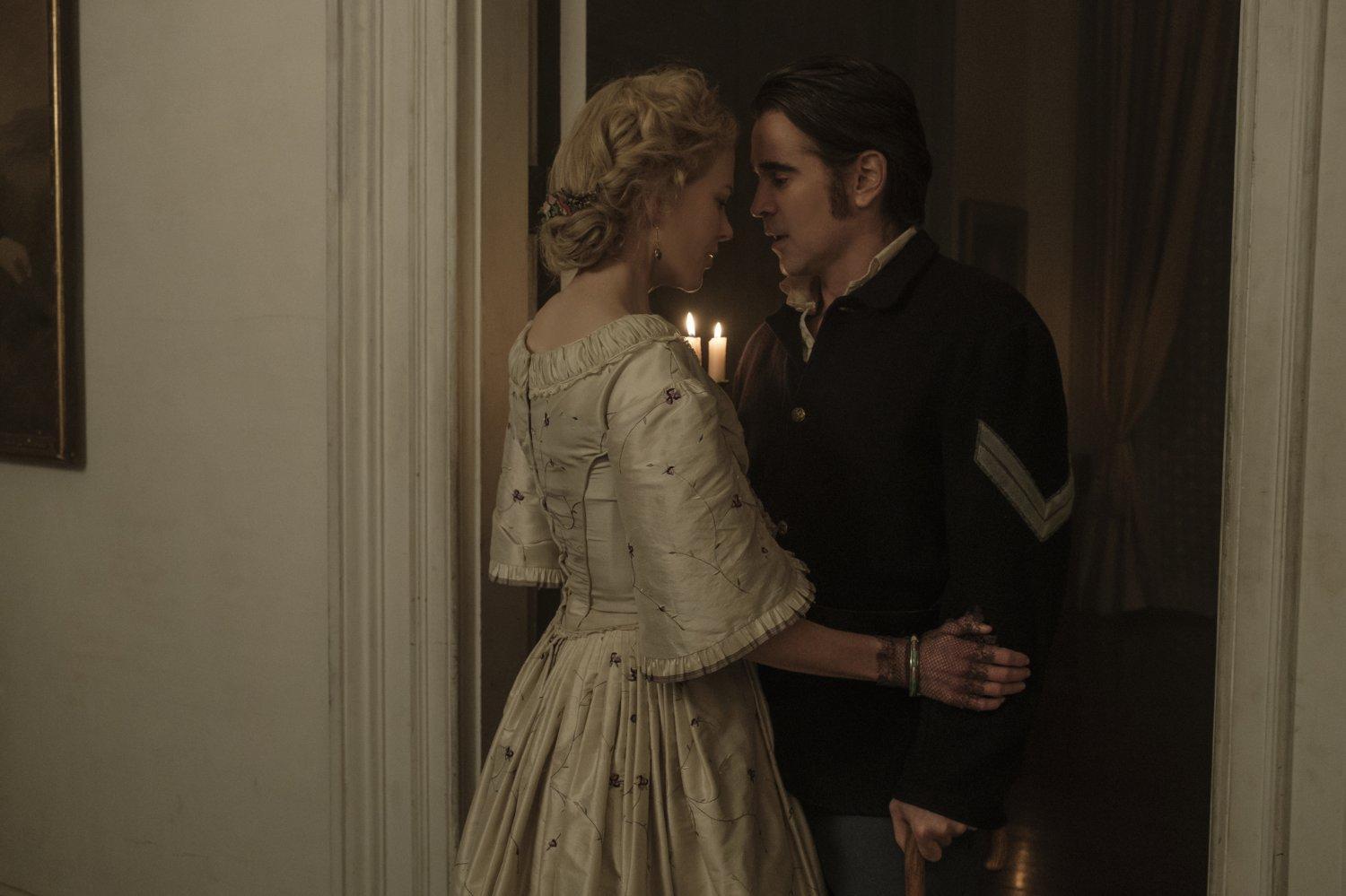
Nevertheless, the headmistress soon regrets her decision as a harrowing event sets the stage for a shocking climax leaving the viewer wondering who the real “beguiled” is. The movie does differ in parts from the original book as Sofia Coppola’s adaptation does away with the character of Mattie (Hallie in the 1971 adaptation), an enslaved black housemaid who helps around in the school. Furthermore, the character of Edwina Morrow is also changed to that of a white teacher from her original conception as a teenager of mixed race.
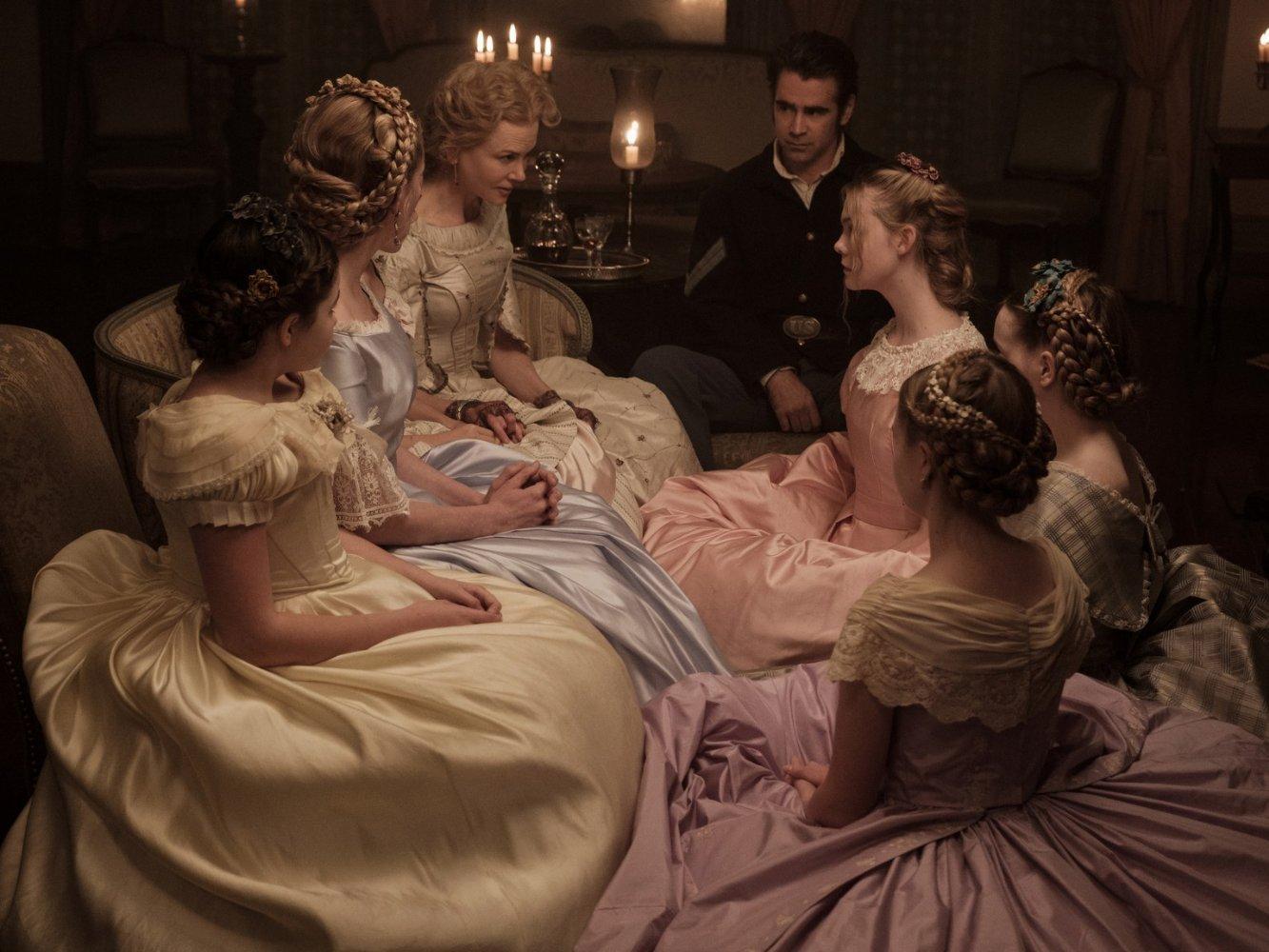
When faced with controversies because of her actions, Sofia defended herself by saying, “I didn’t want to brush over such an important topic in a light way. Young girls watch my films and this was not the depiction of an African-American character I would want to show them.” She further supported her decision by saying that many enslaved people had left the state during the year she set her movie in.
The white women left behind were further cut off from the world as they were forced to perform activities they had never done before. That is precisely how Sofia portrays the residents of the school who have cut themselves off from the whole world and are trying to survive on their own as the war rages around them. Thus, we see how even with ‘The Beguiled’ not being a true story, director Sofia Coppola tried her best to remain historically accurate as well as make her film relatable to the audience of today.
Read More: Where Was The Beguiled Filmed?

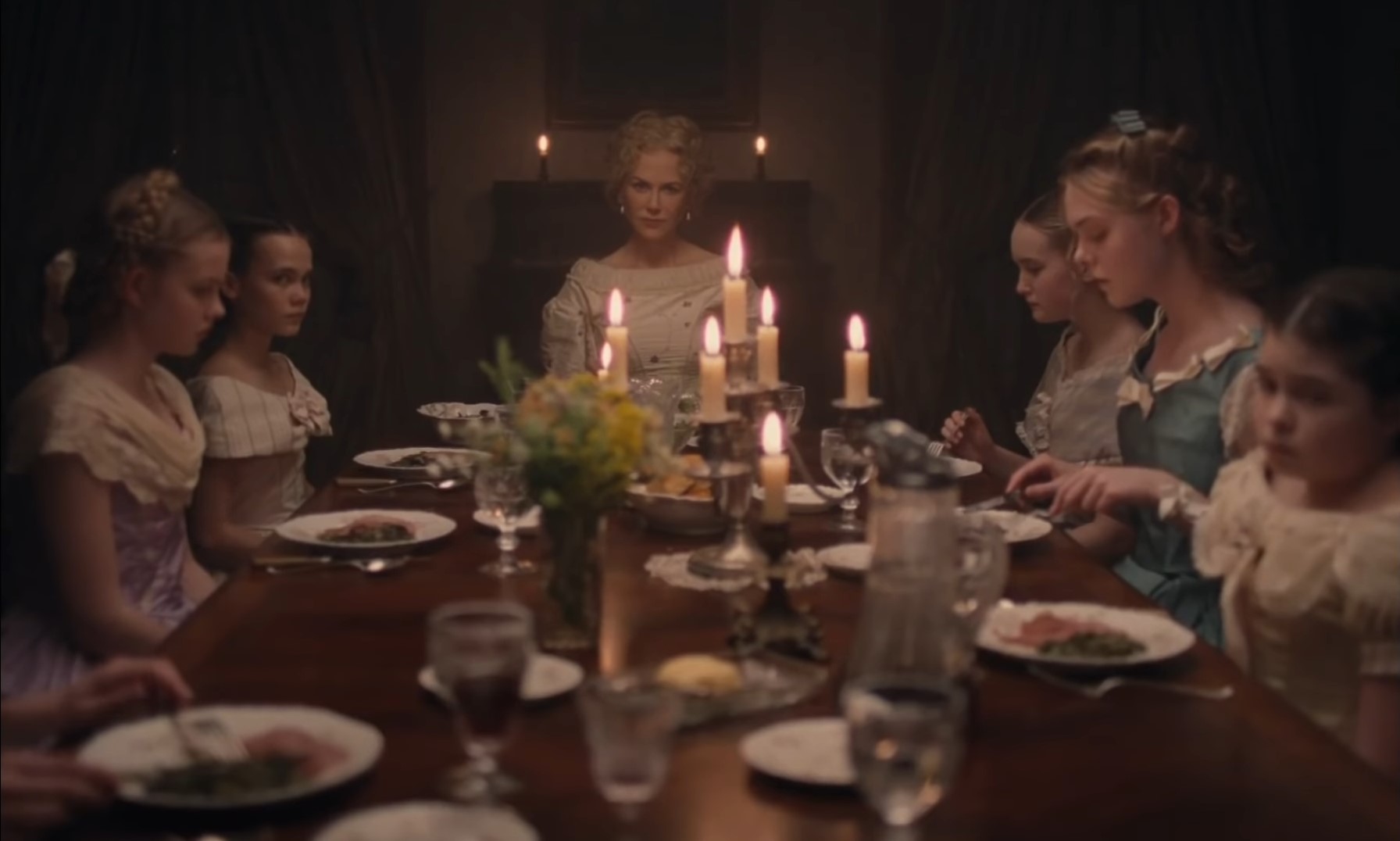
You must be logged in to post a comment.